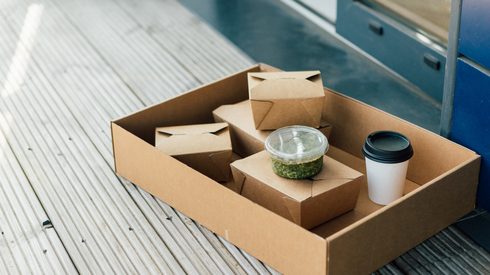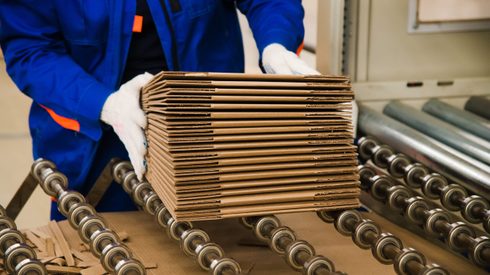What is happening to the biggest price trend drivers in the boxboard market? We interviewed our senior economist, Steven Honeyman, to find out more about boxboard demand post-pandemic, changes in boxboard capacity and how prices will react to cost pressure.
Watch the video interview or read the summary below.
Has the post-pandemic environment affected boxboard demand?
Prior to the pandemic, there were secular declines following the Great Recession. During the pandemic, we have seen boxboard pick up with spending growth on goods and stocking up on packaged foods. This helped driving boxboard demand, especially for folding cartonboard, during 2020-2021. On the other side, however, food service and cup stock struggled due to restaurant shutdowns and limited capacity.
As we move out of the pandemic, we are continuing to see increased spending in the folding cartonboard markets and the recovery in restaurant spending should be beneficial for cup stock and food service.
How has boxboard capacity been changing and how has this affected the market?
Capacity changes have had a significant effect on the boxboard market. When you look at the past two decades, we have seen capacity decline in the boxboard markets with drops in demand and increased imports. Domestic production has struggled during that period, but it seems to have somewhat bottomed out.
We have started to see some investment to increase efficiency and flexibility. There have been investments into machines that can swing capacity between solid bleached sulfate (SBS) and coated unbleached kraft (CUK) markets, as well as creating more efficient coated recycled board (CRB) capacity.
The net effect of all these changes on the market is that SBS capacity will be down slightly while CUK capacity increases due to the capacity swing machine. On the other hand, the addition of the K2 machines at Kalamazoo, Michigan by Graphic Packaging International, will bring in around 170,000 tonnes of new capacity in the CRB markets.
What do prices and profitability look like with rising cost pressures?
The cost pressures in boxboard production are a big driver of price increases that we have observed over the past year and a half. The significant demand has resulted in a tight market, which has put the pricing power in the hands of the producer and allowed them to pass on the rising costs they have experienced across to the customers.
As we look into the future, we are seeing some easing in these cost pressures. We have started to see some fiber prices come down and transportation starting to ease. However, we are unlikely to see costs fall back to pre-pandemic levels. They are likely to remain elevated and keep the prices at these higher levels.
Although the tight markets presented the potential for profit or margin increases, the costs have been rising so fast that there was little room to include this in the prices. The earnings calls from the biggest producers in the industry have suggested that even though they are raising prices quickly, margins have pretty much stayed flat.
This has started to change in the second quarter of 2022, where costs have been declining and margins have been allowed to grow a little. It is possible that prices will become more inelastic as costs move downward to allow margin gains in the future, but on the other hand, customers that have seen their prices increase quickly will be keen to push for lower prices. If there is any easing in the market in the near future, there will likely be some pressure to pull the prices down.
Global trade tensions could have a major impact on boxboard producers, suppliers and customers. Uncover the future of the market with our paper and packaging forecasts or take a look at our special study on the price, production cost, and grade-specific data and analysis for every market in the Americas.







